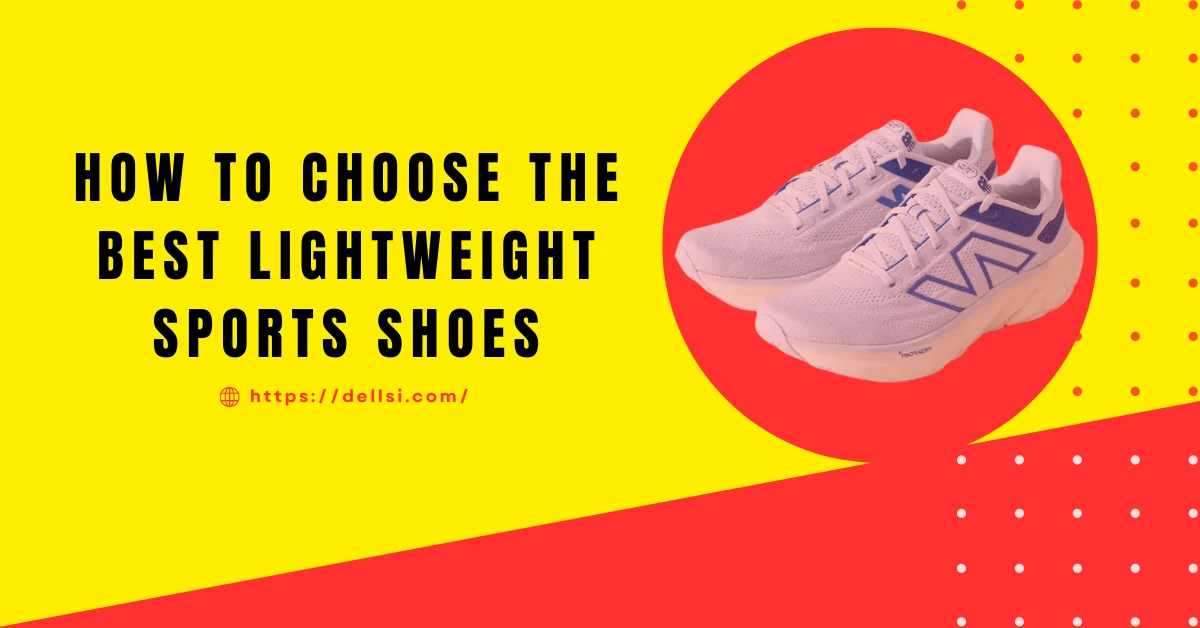Choosing the perfect lightweight sports shoe can greatly improve your performance in running, gym workouts, or any sporting event. There are thousands of options in the market. But one can select only those that provide the best blend of comfort, endurance, and functionality.
This guide will take you through the critical factors to consider when choosing the perfect pair of lightweight sports shoes, the constitution of what makes up a lightweight shoe, as well as what qualifies a shoe to be termed as lightweight.
What makes a shoe lightweight?
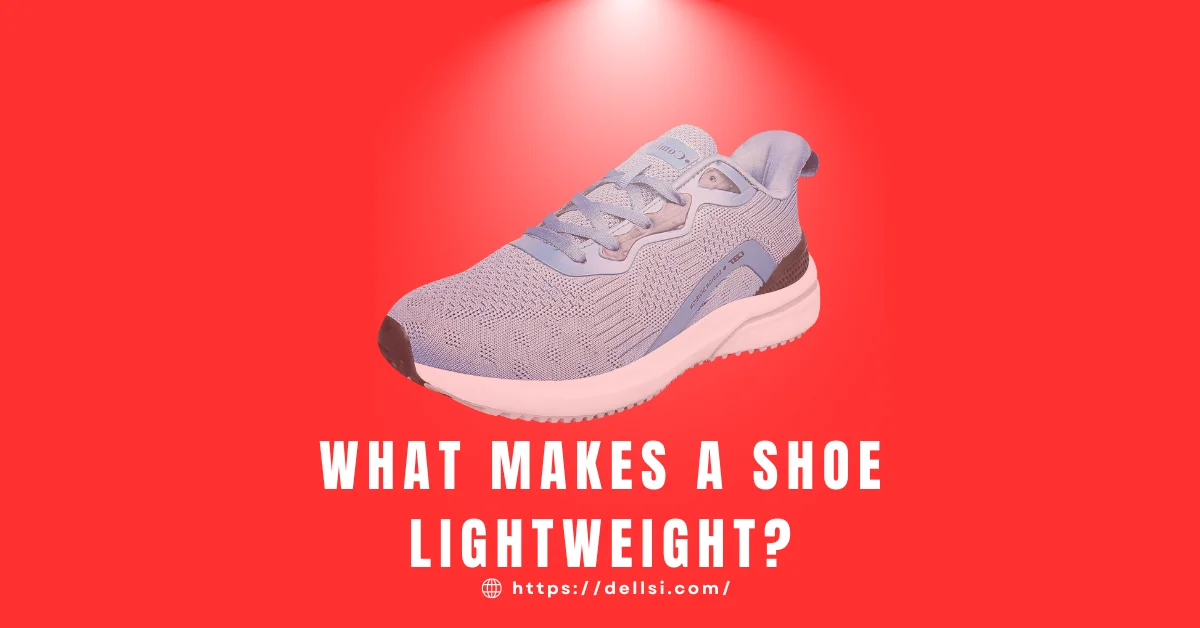
As a consumer of lightweight sports shoes, understanding which factors add weight to a shoe can make it easier to make an informed decision. There are some key considerations:
- Materials: Advanced materials are in the making of lightweight shoes such as synthetic mesh, EVA foam, and rubber compounds with low weights. For instance, mesh uppers provide breathability together with flexibility without adding any extra weight. The midsole is made from EVA (Ethylene Vinyl Acetate) because of its lightweight and cushioning along with shock absorption.
- Midsole Construction: This is the part where cushioning and support are provided, thus it is usually the heaviest part of a shoe. Lightweight shoes would therefore have less dense midsoles that are streamlined like EVA or compressed foam. Some high-performance shoes bring in specific technologies such as Nike’s Flyknit or Adidas’ Boost for that delicate balance between support and lightness.
- Outsole Design: The outsole is that part of the shoe that gives the impression of good grip and is prepared to be tough. This part generally consists of thick and heavy rubber that can add a lot of unnecessary weight. Lightweight varieties of shoes use thin and elastic rubber outsoles with carefully strategized tread patterns. Thus, they reduce weight but don’t lose grip.
- Minimum Overlays: Overlap of traditional shoes is structural for rigidity as well as durability, but sports shoe monoxide or eliminate overlays. Here, synthetic or fused overlays are applied on specific areas to maintain structure as well as rigidity instead of adding mass.
- Thin layers of padding: These lightweight shoes can make them lighter but provide less cushioning around the ankle and heel areas. However, that is always neutralized with the general construction of the shoe and the materials used.
With these design features, manufacturers can produce some of the lowest-weight shoes without jeopardizing performance, strength, and comfort.
How to Choose the Best Lightweight Sports Shoes
We created a list of factors that you take into consideration while shopping.
1. Know Why You Are Buying the Shoes

First and foremost, one knows what type of sport or workout he or she will use the shoes for. Different kinds of shoes are needed during sport or any form of fitness. That is designed with levels of cushioning, support, and flexibility.
- Running: Based on shock absorption and breathability, running shoes require the kind. One should look for lightweight foam midsoles and durable outsoles for high impact.
- Gym Exercises: As far as gym exercises are concerned, choose a shoe that stabilizes your movements. Along with helping to provide lateral support and grip during activities like squats, lunges, and weightlifting.
- Cross-Fit Training: Depending on the activities you will be involved in, opt for light cross-training shoes that will work somewhere between flexibility and support.
2. Consider the Weight of the Shoes
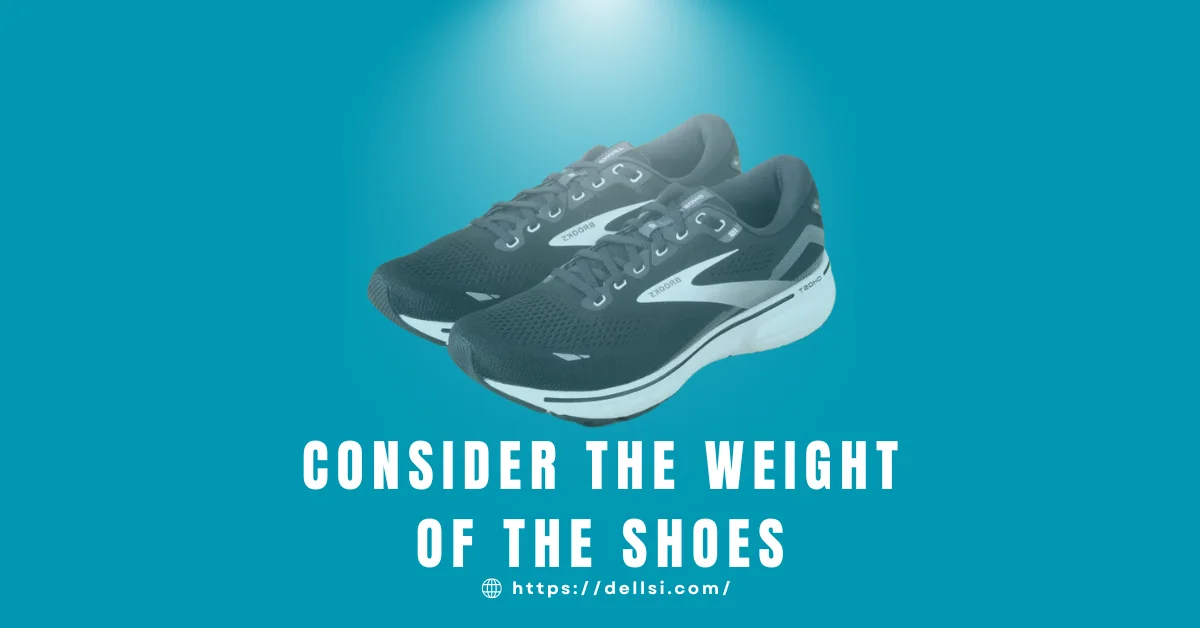
The lightweight sports shoe is designed to ensure that the use of energy by your body in activities decreases. Ideally, the weight for a lightweight shoe would be less than 10 ounces for a running shoe though this may depend on the type of sport involved.
Advantages of Lightweight Shoes
- Increases Speed: Lightness means lifting smaller weights while walking, therefore providing someone with a feeling of moving faster and agility.
- Less Fatigue: The lesser the shoe weighs, the lesser the load on your legs, which in turn, delays strain on muscles.
- Better Flexibility: Normally, lightweight shoes have more flexible materials than any other type, and this flexibility gives better ranges of motion.
3. Assessing the Material and Breathability
The materials used in your sports shoes significantly affect comfort and performance. Most lightweight sports shoes are made from breathable material, mainly mesh uppers. These perform air circulation, making your feet cool and dry during extreme activities.
- Mesh Uppers: The primary benefit of using mesh fabric is to achieve increased breathability and reduced weight.
- Synthetic Overlays: Such materials add a bit of extra strength and structure for added durability without significantly weighing the shoe.
- Moisture-Wicking Lining: Check out moisture-wicking technology designed to keep perspiration away from your feet when distance running or when engaging in intensified activities.
4. Examine Cushioning and Support
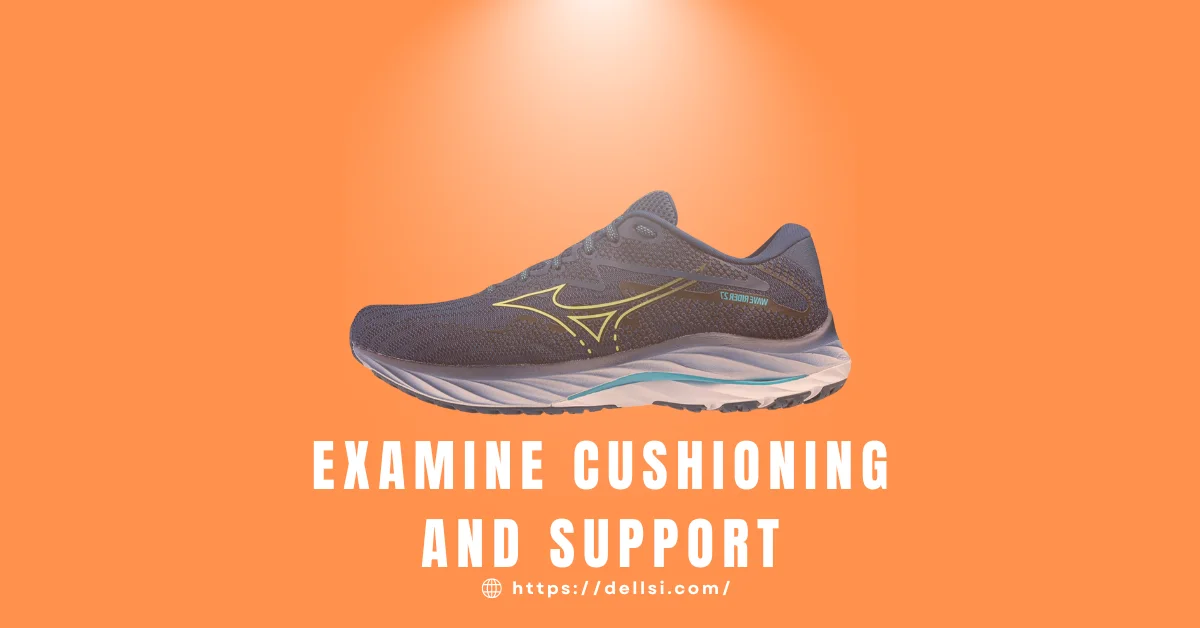
Even though a sports shoe should be light, it is also expected to provide cushioning and support to prevent injuries as well as distress in your feet.
- EVA or Foam Midsoles: EVA or foam midsoles function to cushion while making the shoe light. Shock is absorbed in them, thus minimizing your impact on the joints.
- Heel Support: Heel support should be adequate to help you keep balance and stability in your strides, especially if you plan to run or go to the gym.
- Arch Support: The level of arch support depends on your foot type. If your foot is quite flat, there should be something extra that you need them to offer to you. If you have high arches, you want more cushioning.
5. Durable and Flexible Outsole
The outsole in a shoe is essential in serving the purposes of traction and durability. While selecting lightweight sports shoes, ensure that the sole of the shoe outsole is both durable and flexible to allow natural movement of the foot.
- Rubber outsoles: Rubber soles will provide good traction on different terrains, so it is perfect for indoor and outdoor activities.
- Flex Grooves: Ensure that flex grooves are in the outsole of the shoe. This helps in flexibility and smooth transition during every movement.
6. Fit and comfort check
Regardless of how high-tech the shoes seem, if they don’t fit well, they will interrupt both your performance and your comfort level. Always try on your sports shoes before buying, or at least get a reliable return policy if you are buying from an online store.
- Toe Box Space: There must be space in the toe box for your toes to move about in case you will be running or engaging in activities that may entail thorough stretching.
- Lockdown for the heel: The heel should be locked in place by the shoe and should not slide out during movements, else this could lead to blisters or discomfort.
- Shoe Size: Lighter shoes tend to be more tight-fitting than others. In case you are choosing such shoes, you may have to order half a size large for greater comfort if you are going to wear them for an extended period.
7. Choose According to Gait and Foot Type
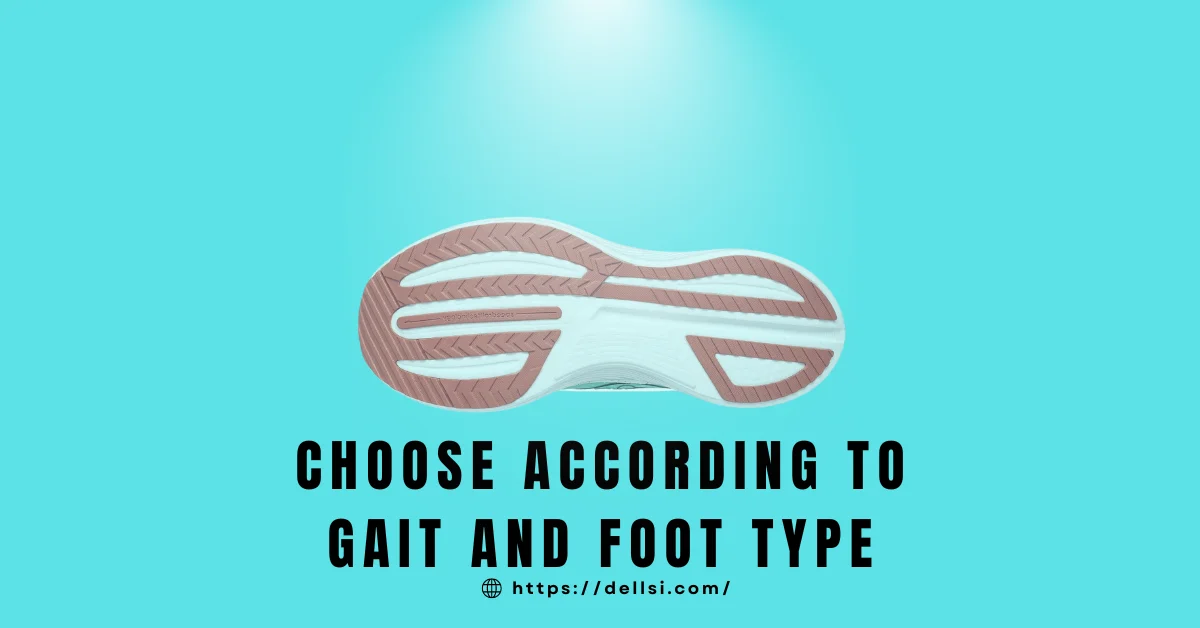
Your gait and foot shape must also be considered when choosing lightweight sports shoes. Many manufacturers also offer gait analysis to decide whether you are a pronator (your foot rolls in), supinator (your foot rolls out), or neutral.
- Overpronation: Use shoes that provide stability or motion control as they prevent your foot from rolling in too much.
- Supination: You require additional padding to reduce the shock impact because when you are rolling out, this could cause stress to your ankles and knees.
- Neutral: When you have a neutral gait, then it is the lightweight shoe that you should opt for since it gives you balanced cushioning and support.
8. Compare the Top Brands and Models
There are so many brands in the market offering lightweight sports shoes each of which has different features. Below are some of the best brands to look for.
The Top Brands and Models Compared
- Nike: Known for its fresh Flyknit and React technologies that will both have a lightweight structure and better cushioning.
- Adidas: Known for Boost midsole technology that will provide the wearer with both great energy return and comfort.
- New Balance: Provides wide options for lightweight sports shoes designed with breathable materials and cushioned midsoles for all-day comfort.
- Asics: Has the GEL cushioning technology which provides shock absorption and has a lightweight build.
9. Set a Budget
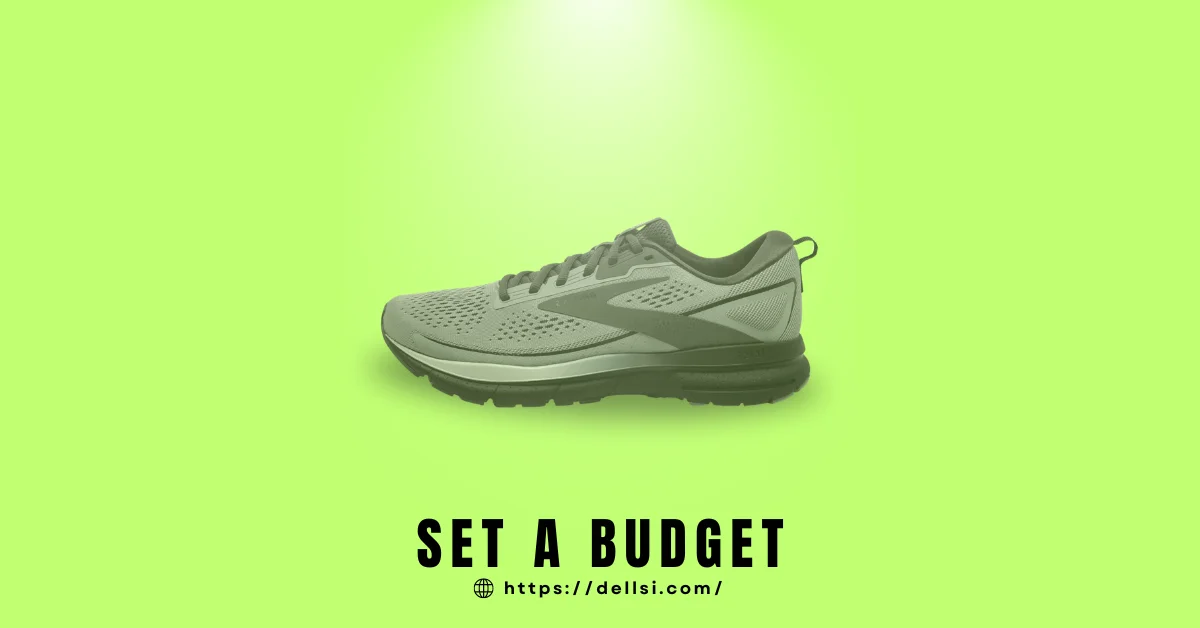
While you might be tempted to splurge on high-performance shoes, make sure to pick a shoe that falls within your budget. Affordable, lightweight sports shoes can be purchased without compromising on quality in the following ways:
- You can Compare Prices: Buying older models during sales or discounts is advisable because they will be as good as their updated versions but for a much lower price.
- Check User Reviews: Read reviews to try to find the durability and performance of the shoes for your given purposes.
- Use Features Prioritization: Prioritize the features that matter most to you, such as breathability, cushioning, or durability.
Final Thoughts
Choosing the right lightweight sports shoes should match your needs, be it for running, gym workouts, or other athletic activities. You can, by reviewing weight, breathability, cushioning, and fitness, get a pair of shoes that will enhance your performance while keeping you comfortable in any form of athletic performance. Remember, convenience is better than style, so try to test as many as you can to be sure that they fit.
With these guidelines in mind, you’ll be just fine finding the perfect lightweight sports shoes for your lifestyle and athletic pursuits.

